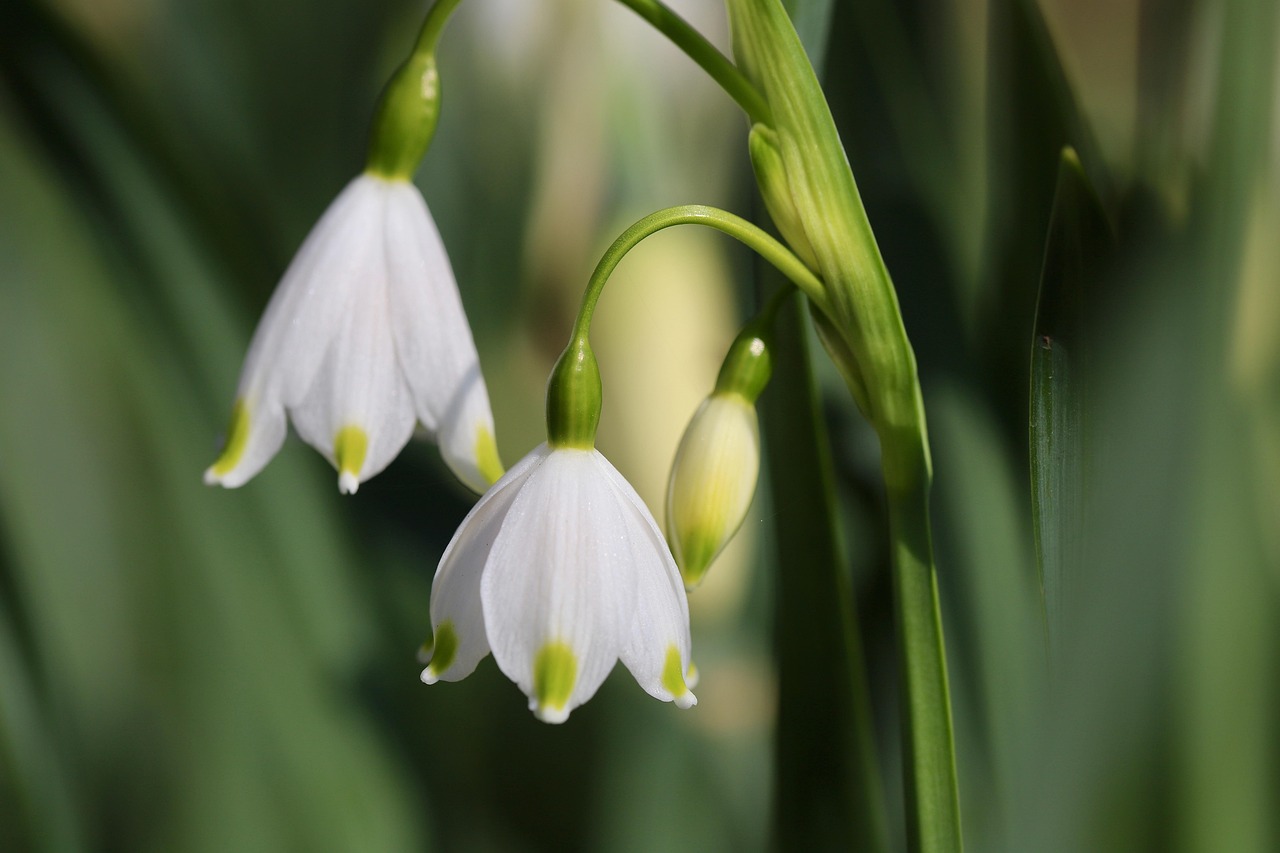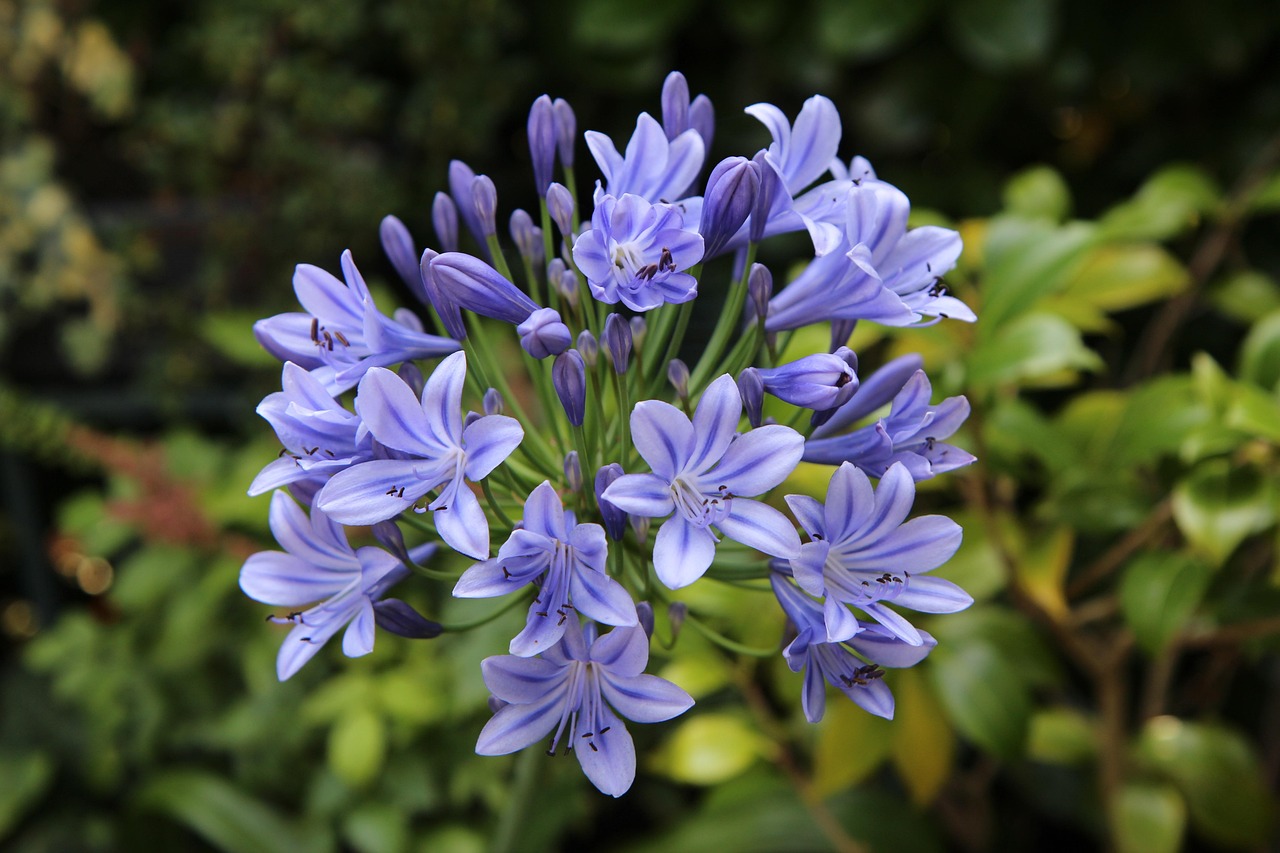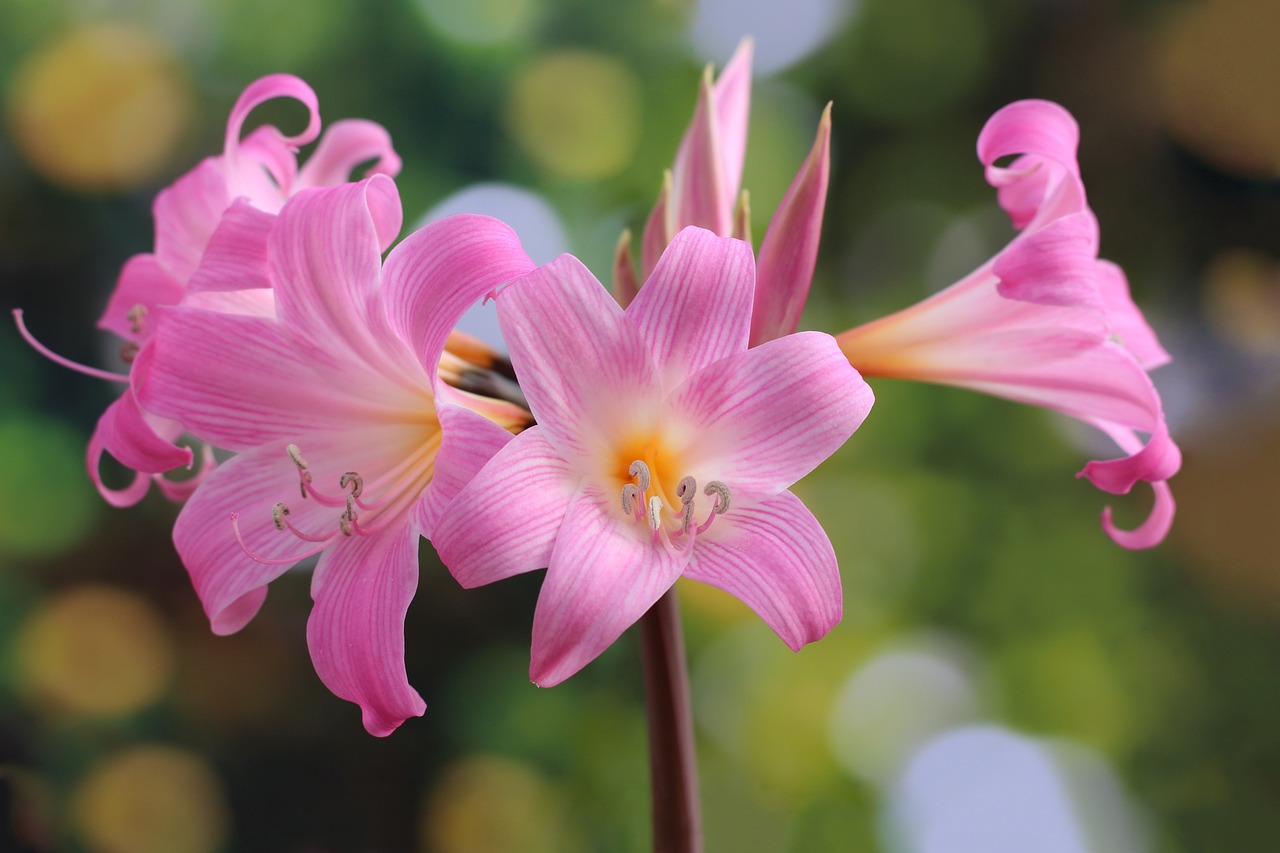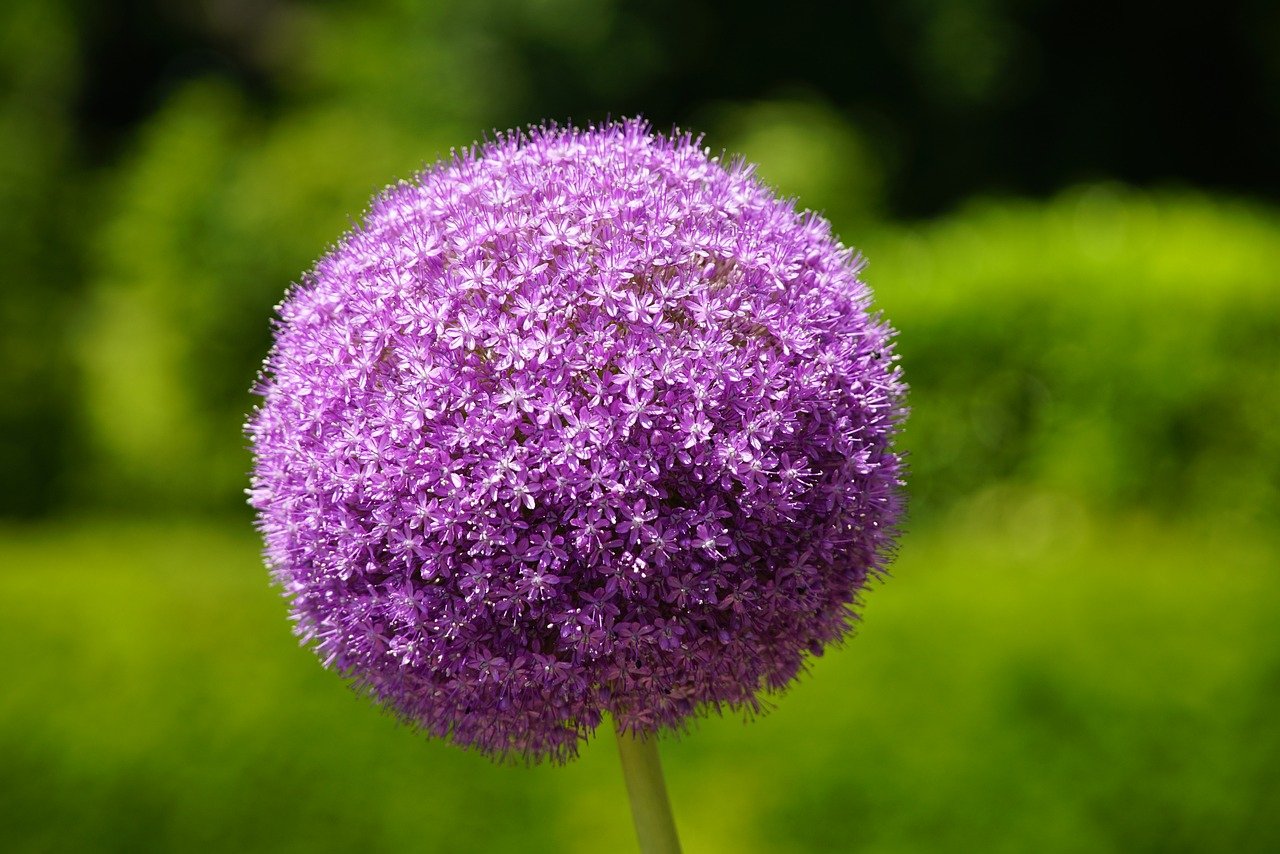Daffodil | The Symbol of Self-Love in the Myth of Narcissus
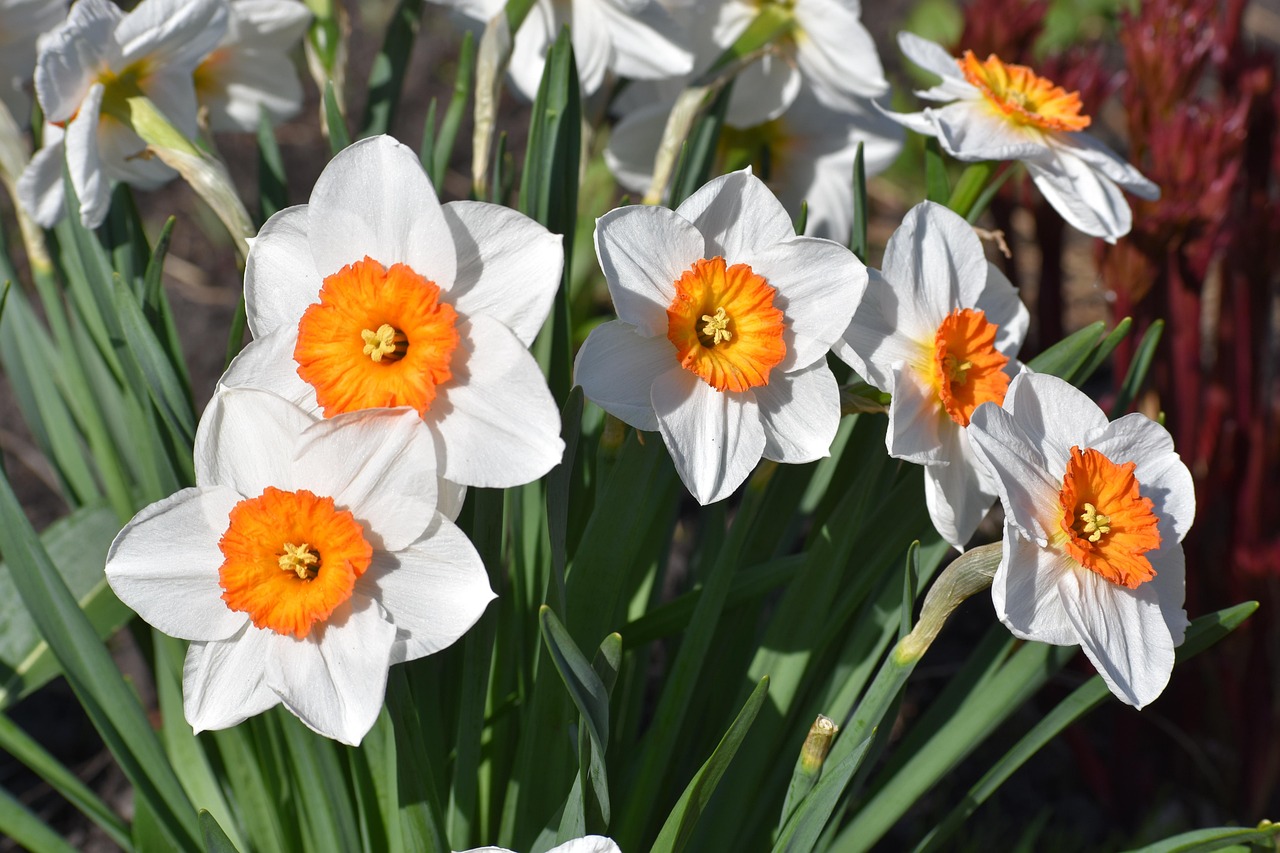
Daffodil (Narcissus) is a bulbous plant that blooms with beautiful flowers in early spring. With its refreshing fragrance and graceful appearance, it is widely planted in gardens and parks.
In this article, I explain the basic information about daffodils, their cultural and historical background, and key points for successful cultivation.
Basic Information
- Scientific name: Narcissus
- Family: Amaryllidaceae
- Origin: Mediterranean coast, Western Europe
- Appearance: Daffodils are perennial plants, about 20–50 cm tall, with slender leaves and flowers that face upward or sideways. The flowers are commonly white or yellow, with both single and double varieties. The prominent central corona is a distinctive feature, and many varieties are fragrant.
- Blooming season: From December to April, daffodils brighten gardens in winter and spring. Blooming time varies by region and variety, and by combining early- and late-flowering types, one can enjoy them for a longer period.
Cultural Significance Around the World
In Europe and Asia, daffodils are cherished as flowers that herald the arrival of spring.
Named “Narcissus” after the Greek myth of Narcissus, they symbolize self-love and rebirth.
In the United Kingdom and France, they are widely planted in gardens and parks, coloring spring landscapes.
In China, daffodils are considered auspicious flowers, often displayed during the Lunar New Year in homes and public spaces.
In Japan, they have long been admired as flowers that signal the transition from winter to spring, frequently planted in gardens and temple grounds.
Historical Background
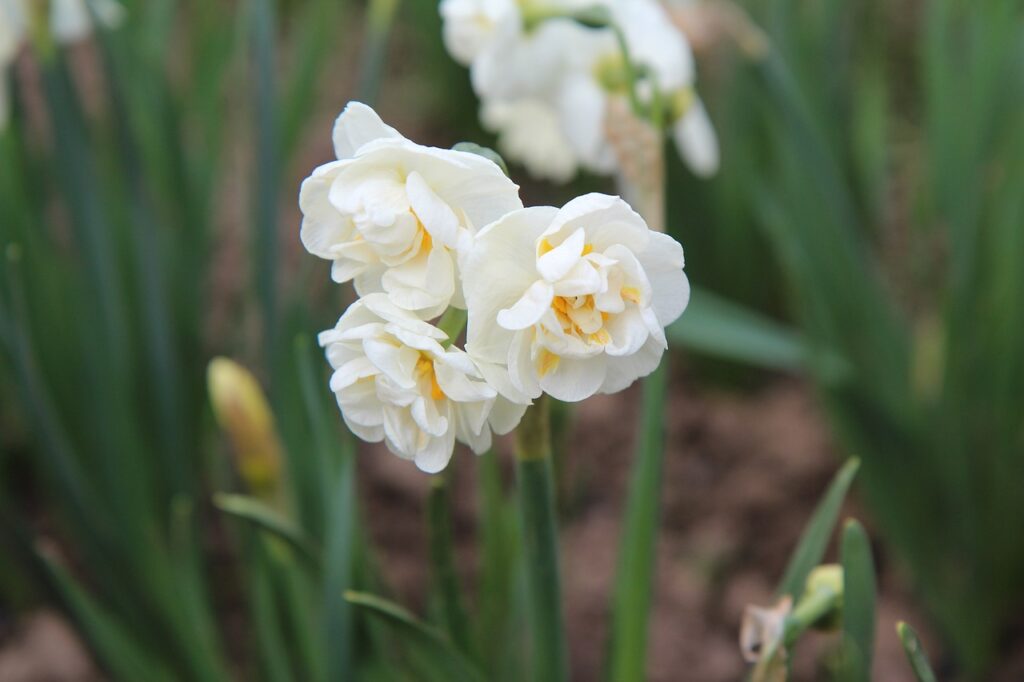
Daffodils have been known since ancient Greece and Rome, widely used in decoration and as themes in poetry.
According to Greek mythology, the beautiful youth Narcissus fell in love with his own reflection in the water and was transformed into a daffodil—an origin story for the flower’s scientific name.
In medieval Europe, daffodils symbolized hope and resurrection and held significance in Christian culture.
They were planted in royal gardens in England and France, flourishing in courtly culture.
In the 19th century, cultivation and hybridization progressed, giving rise to the wide variety seen today.
Gardening Advice
The daffodil is relatively easy to cultivate, and with proper care, I can enjoy its flowers every year. Here are some growing tips:
Sunlight
Requires ample sunlight and thrives in sunny locations.
Watering
Provide moderate moisture during rooting and before blooming. During dormancy, avoid overwatering and keep the soil relatively dry.
Soil
Prefers well-drained soil. Mixing sandy soil or leaf mold enhances growth.
Fertilizer
Apply a balanced slow-release fertilizer during the growing season. Excess nitrogen promotes leaf growth at the expense of flowers.
Pruning
Remove spent flower stalks to prevent seed formation. Keep the leaves until they wither naturally, as they continue photosynthesis.
Conclusion
The daffodil is a bulbous plant that brightens gardens from winter to spring, known for its fragrance and graceful beauty.
It is deeply rooted in European and Asian cultures, often regarded as a symbol in mythology and religion.
Easy to cultivate, it can be enjoyed in both gardens and pots. By selecting suitable varieties and planting locations, I can enjoy its flowers for an extended period.


